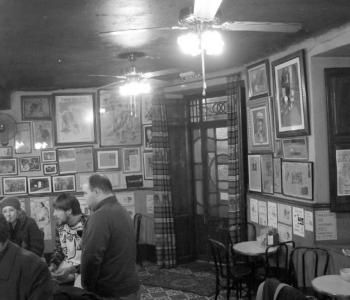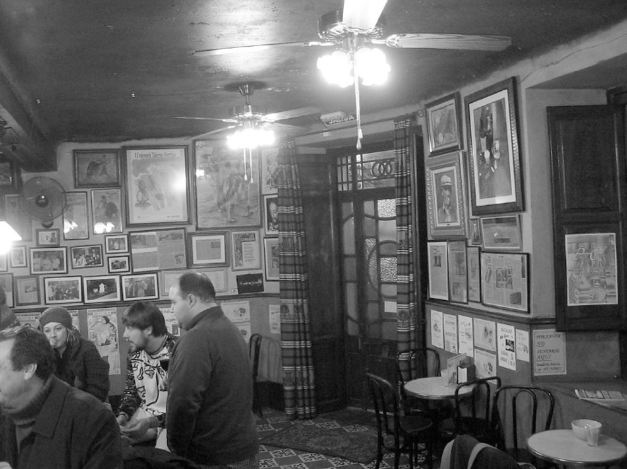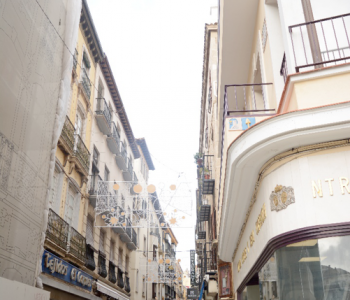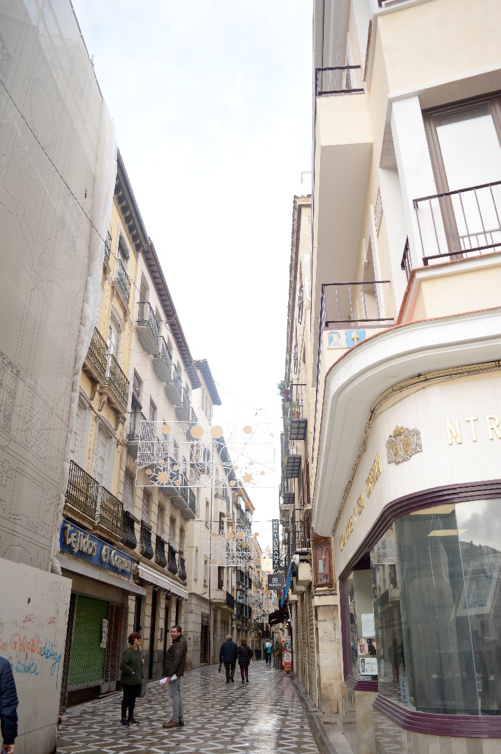 No category
No category
The tavern «El Gorrión»

Juan Eslava Galán makes a nod in his works to one of the oldest taverns in the city of Jaén, was founded in 1888. This tavern also shows a “mummified ham” in the establishment that has a legend about its origin, with two versions.
The first and most credible is that José María López Cruz, the first tavern keeper of the dynasty, while hanging several ham pieces in the tavern’s cellar, learned of the end of the First World War and to celebrate it he decided to “forgive” the ham save it from being consumed.
The second and more romantic is that a Russian princess who had been fleeing on her way to Gibraltar, came across the tavern, to rest for a while and eat something to regain strength. The Russian princess, sitting under one of the hams, noticed how a sticky drop of fat stained the clothes that covered her chest. The kind owner offered to clean it and from there, according to legend, a romance emerged. The innkeeper, greatly grateful to the greasy ham, pardoned him for life.
Choose the one you like best. (…)
And that was a fine wine that have in the Sparrow’s tavern and we all got together with the ladies there present and there was honest conversation and idleness where before there had been fierce battle and the creaking of ash trees and the resonance of dents in the irons . (…)
In search of the unicorn. Chapter IV.
(…)
In some variants of the legend of the Malena lizard it was mentioned that the lizard guarded Solomon’s Table – my friend Juan confided to me while we tasted a wine accompanied by old cheese and donuts in the Sparrow’s tavern. (…)







